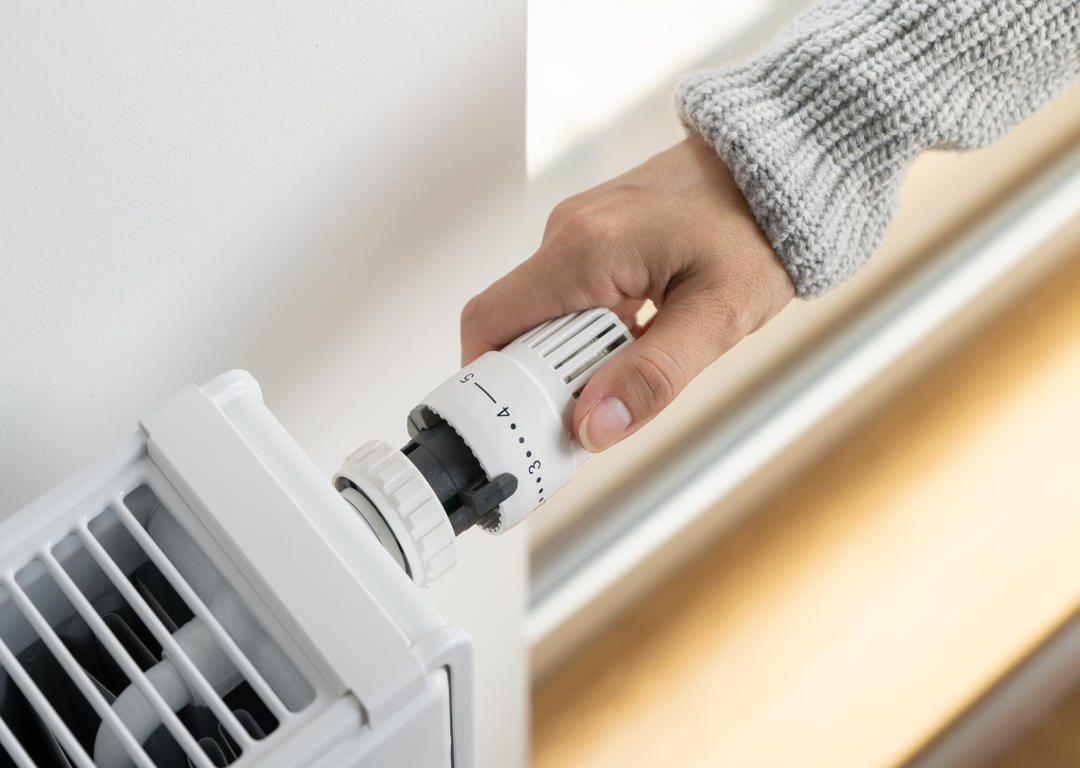
As the colder months approach, ensuring your home or business is properly insulated becomes crucial for maintaining a comfortable indoor environment and minimizing energy costs. Effective insulation strategies can significantly enhance heating efficiency, leading to substantial energy conservation and cost savings. This article outlines essential insulation strategies to prepare for the heating season, focusing on maximizing energy efficiency and comfort.
Conduct an Energy Audit
Professional Energy Audits
A comprehensive energy audit is the first step in identifying areas where your home or business may be losing heat. Professional energy auditors use specialized tools like thermal imaging cameras and blower doors to pinpoint leaks and inefficiencies. These audits provide a detailed assessment and actionable recommendations to improve your building’s energy performance.
DIY Energy Checks
If a professional audit is not feasible, you can perform a basic energy check yourself. Walk through your home on a windy day and feel for drafts around windows, doors, electrical outlets, and other potential leak points. Use a thermal camera or an infrared thermometer to identify cold spots that indicate poor insulation.
Enhance Attic Insulation
Importance of Attic Insulation
Attics are a major source of heat loss in many homes. Proper attic insulation is essential for retaining heat and reducing energy consumption. The U.S. Department of Energy recommends an R-value of R-38 to R-60 for attics in colder climates.
Insulation Materials
Blown-In Cellulose: Made from recycled paper products, blown-in cellulose provides excellent coverage and fills gaps and crevices effectively. It is an eco-friendly option that offers high thermal resistance.
Spray Foam Insulation: Spray foam insulation expands to fill spaces, providing superior air-sealing properties. It reduces air leaks and enhances energy efficiency.
Air Sealing
Before adding insulation, seal any air leaks in the attic. Use caulk or spray foam to seal gaps around pipes, vents, chimneys, and other penetrations. Proper air sealing prevents warm air from escaping and cold air from entering, maximizing the effectiveness of the insulation.
Upgrade Wall Insulation
Evaluating Existing Insulation
Older homes often have insufficient wall insulation, leading to significant heat loss. Evaluate your existing wall insulation by removing outlet covers and inspecting the cavity with a flashlight. If you find little or no insulation, consider upgrading.
Insulation Options
Blown-In Insulation: Suitable for retrofitting older homes, blown-in insulation can be added to wall cavities without major renovations. It is typically made from cellulose or fiberglass and provides good thermal resistance.
Foam Board Insulation: Foam boards offer high R-values and can be installed during new construction or major renovations. They provide excellent insulation and can also serve as a moisture barrier.
Improve Window and Door Insulation
Sealing Drafts
Windows and doors are common sources of drafts and heat loss. Ensure they are properly sealed to maintain indoor warmth. Apply weatherstripping around the frames to seal gaps. Use caulk to seal any cracks or gaps in stationary components.
Insulating Window Treatments
Thermal Curtains: Heavy, insulated curtains help retain heat inside the home by providing an extra layer of insulation over windows.
Window Film: Apply insulating window film to windows to reduce heat loss and increase comfort. Window film can block up to 70% of heat transfer.
Insulate Floors and Basements
Floor Insulation
Cold floors can be a significant source of discomfort during the heating season. Insulate floors over unheated spaces, such as crawl spaces or basements, to prevent heat loss. Use rigid foam boards or spray foam to insulate the underside of the floor.
Basement Insulation
Basements can also contribute to heat loss if not properly insulated. Insulate basement walls and floors to improve overall energy efficiency. Use foam boards or batt insulation to cover basement walls and seal any gaps to prevent air leaks.
Maintain and Upgrade HVAC Systems
Regular Maintenance
Regular maintenance of your heating, ventilation, and air conditioning (HVAC) system ensures it operates efficiently during the heating season. Schedule a professional HVAC tune-up annually to check for any issues and ensure optimal performance. Replace HVAC filters regularly to maintain air quality and system efficiency.
Programmable Thermostats
Upgrade to a programmable thermostat to manage your heating system more efficiently. Set lower temperatures when the building is unoccupied and higher temperatures when it is in use. This not only saves energy but also reduces heating costs. According to the U.S. Department of Energy, you can save up to 10% a year on heating and cooling by turning your thermostat back 7°-10°F for 8 hours a day.
Additional Insulation Tips
Pipe Insulation
Insulate hot water pipes to prevent heat loss and improve energy efficiency. Use foam pipe insulation to cover exposed pipes in unheated areas, such as basements and crawl spaces. This not only conserves heat but also prevents pipes from freezing.
Water Heater Insulation
Wrapping your water heater with an insulating blanket can reduce heat loss and improve efficiency. This is especially important for older water heaters, which tend to be less efficient. An insulating blanket can reduce standby heat losses by 25%-45%.
Draft Stoppers
Use draft stoppers to prevent cold air from entering through the bottoms of doors. Place draft stoppers at the base of exterior doors and use draft snakes on windowsills to keep cold air out.
By implementing these essential insulation strategies, you can maximize heating efficiency and ensure your home or business stays warm and comfortable throughout the heating season. Proper insulation not only enhances comfort but also leads to significant energy conservation and cost savings. Go Green Insulation is dedicated to helping you achieve these goals with sustainable and effective insulation solutions.